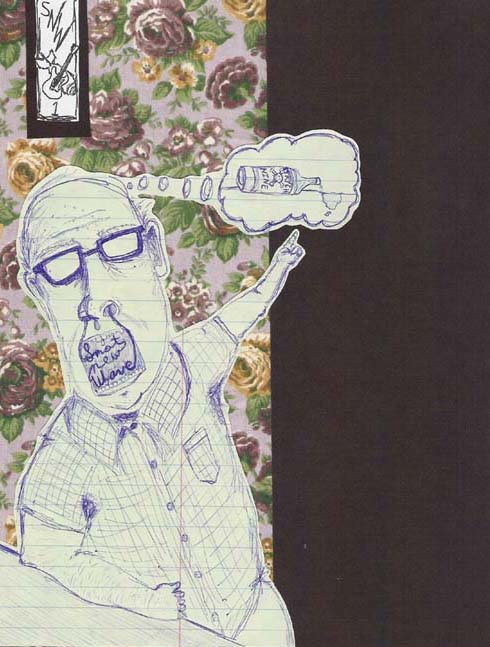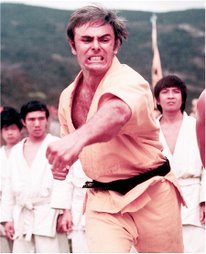White Light/White Heat was released in 1968, after the zenith of the “psychedelic” recordings of the Beatles and Rolling Stones. While the first record was played in real time in the studio through the motherboard with low volume in the studio itself, the second record cut out the middle man. They decided to try to capture the intensity of their live set by recording everything as loud as humanly possible. Naturally, according to guitarist Sterling Morrison:
[t]here was fantastic leakage because everyone was playing so loud and we had so much electronic junk with us in the studio – all these fuzzers and compressors. Gary Kellgran the engineer, who is ultra-competent, told us repeatedly: ‘You can’t do it – all the needles are on red.’ And we reacted as we always reacted: ‘Look, we don’t know what goes on in there and we don’t want to hear about it. Just do the best you can.’ And so the album is all fuzzy, there’s all that white noise… We wanted to do something electronic and energetic. We had the energy and the electronics, but we didn’t know that it couldn’t be recorded… What we were trying to do was really fry the tracks, (Heylin, “Velvets to the Voidoids” 25).
There are several important points within this recollection of the White Light/White Heat sessions. Firstly, the band knew what they wanted regardless of knowledge of the process regarding how to make it reality. This sense of experimentation carries through to the record itself with the sound described by Morrison. The recording is much muddier than the first album, although the band maintains its sense of boundaries regarding instruments and pitch. The aesthetic of electronics in Rock n’ Roll music was nowhere to be found in 1968. This sound of instruments drenched with distortion was something completely new. The execution of these ideas is best expressed by the title track and the last song, “Sister Ray.”
“White Light/White Heat” starts the album of the same name with a very rapid tempo and fuzzy instruments. The pulsing guitars are juxtaposed by a Jerry Lewis hammered out piano line. The bass is interesting because it is more prevalent than in other bands. In fact, “[m]ost bass players play two-dimensional notes, but john plays three-dimensional granit slabs (it’s a question of intonation and density, not volume; it’s like the difference between Rauschenberg’s two-dimensional Coke bottles and Warhol’s three-dimensional Campbell soup cans) which reveal an absolute mastery of his instruments and a penetrating awareness of the most minute details of his music,” (Heylin, “In Print” 75). Besides texture, these bass lines are very simple and inspired by minimalism’s repetition. At the end of the track, the bass cuts through the fuzz and hits a series of high notes that oscillate until it ends. This relationship results from the live interplay of the studio pushed to its limits as far as volume is concerned. The fuzz of these recordings makes the music very textured so that it seems that there is something new to hear every time the record is played. This is especially true with the Velvet Underground’s magnum opus, “Sister Ray.”
Monday, May 28, 2007
Subscribe to:
Post Comments (Atom)



1 comment:
Keep up the good work.
Post a Comment